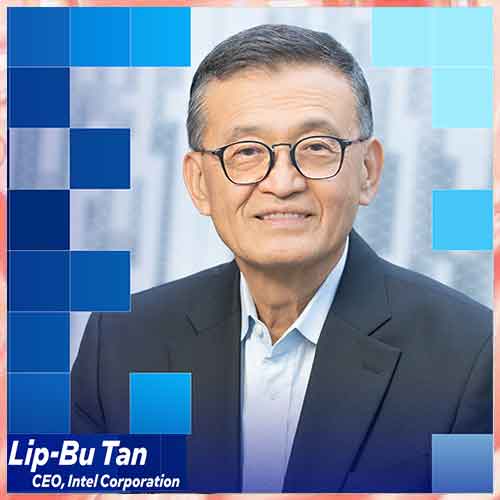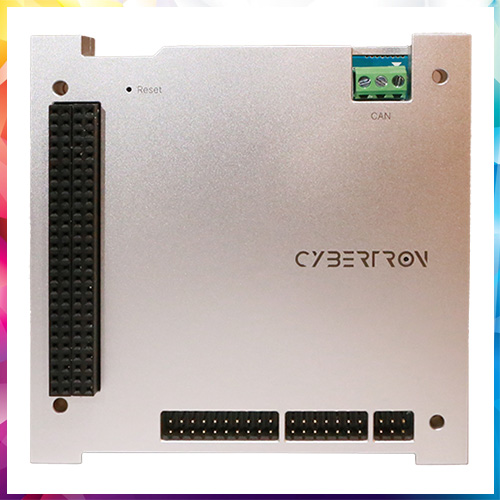Breaking News

This move is part of Tan’s broader restructuring plan, which includes scaling back major investments and cutting workforce numbers. Intel had earlier considered divesting its network and edge businesses, previously reported under its NEX segment.
Intel Corporation, one of the world’s leading semiconductor companies, has announced plans to separate its networking and communications unit into a stand-alone company. This strategic decision is part of new CEO Lip-Bu Tan’s restructuring plan to streamline operations, reduce costs, and strengthen Intel’s focus on its core semiconductor business.
According to reports, Intel has already begun the process of identifying potential investors for the spinoff. The move aims to shed non-core assets and reallocate resources toward high-priority areas like chip manufacturing, AI-driven computing, and next-generation semiconductor technologies.
Intel’s Restructuring Strategy
According to reports, Intel has already begun the process of identifying potential investors for the spinoff. The move aims to shed non-core assets and reallocate resources toward high-priority areas like chip manufacturing, AI-driven computing, and next-generation semiconductor technologies.
Intel’s Restructuring Strategy
CEO Lip-Bu Tan, who took charge recently, has outlined a comprehensive strategy to revitalize the once-dominant chipmaker. This includes scaling back major investments, reducing workforce numbers, and focusing more aggressively on innovation in semiconductor design and advanced fabrication processes.
Industry experts suggest that by spinning off its networking and communications business, Intel can concentrate on core growth drivers, such as data center chips, AI processors, and cutting-edge manufacturing technologies, helping it remain competitive against rivals like AMD, NVIDIA, and TSMC.
Intel’s network and edge businesses, previously reported under its NEX segment, have long supported the company’s ambitions in cloud computing, 5G infrastructure, and enterprise networking solutions. However, with changing market dynamics and intense competition, Intel appears to be prioritizing areas with higher profitability and strategic importance.
This spinoff reflects Intel’s commitment to becoming leaner, more agile, and focused on semiconductor leadership. By shedding non-core units and channeling resources into advanced chip technologies, Intel aims to regain its competitive edge in the fast-evolving global semiconductor industry. As Intel undergoes this transformation, the industry will closely watch how these changes impact its market position, shareholder value, and long-term growth trajectory.
See What’s Next in Tech With the Fast Forward Newsletter
Tweets From @varindiamag
Nothing to see here - yet
When they Tweet, their Tweets will show up here.



























